The remarkable history of Scotland is illuminated by a rich cast of larger-than-life characters. William Wallace, Robert the Bruce, Mary Queen of Scots, Bonnie Prince Charlie – they have all captured the imagination of artists, writers and film-makers down through the centuries.
But these give the merest taste of the richness of Scottish history. For instance, there are the clans and their blood-spilling feuds, the numerous Anglo-Scottish Wars, and - amidst all the clamour - the quiet spirituality of medieval nuns and monks. And before them came Neolithic farmers and the Picts, Romans and Vikings, each helping to shape the Scotland of today.
Happily, many of the landmarks that chart the nation’s fascinating history are still with us and stand ready to take visitors back in time. Settlements founded 5,000 years ago, the ruins of lofty medieval abbeys, the looming hulks of mighty castles and much more besides…
Here is our pick of five of the best historic sites to visit in Scotland, including a brief look at the history of each site. If you fancy exploring more Scottish historic sites, why not take a virtual tour.
Best historic sites to visit in Scotland
Bannockburn Battlefield, Stirling
A masterpiece in military planning and execution, the Battle of Bannockburn saw the King of Scots, Robert the Bruce, avenge himself on his mortal foe, Edward II of England in the victory of 1314. Faced by a highly skilled and larger army, the Scottish king chose his battleground above the Bannock Burn (stream) carefully to gain maximum advantage. The first day proved indecisive despite Bruce killing English knight Henry de Bohun in single combat. The following morning, the Scottish pikemen advanced in compact squadrons behind walls of shields and repulsed the English and Welsh forces until they turned and fled in disarray.
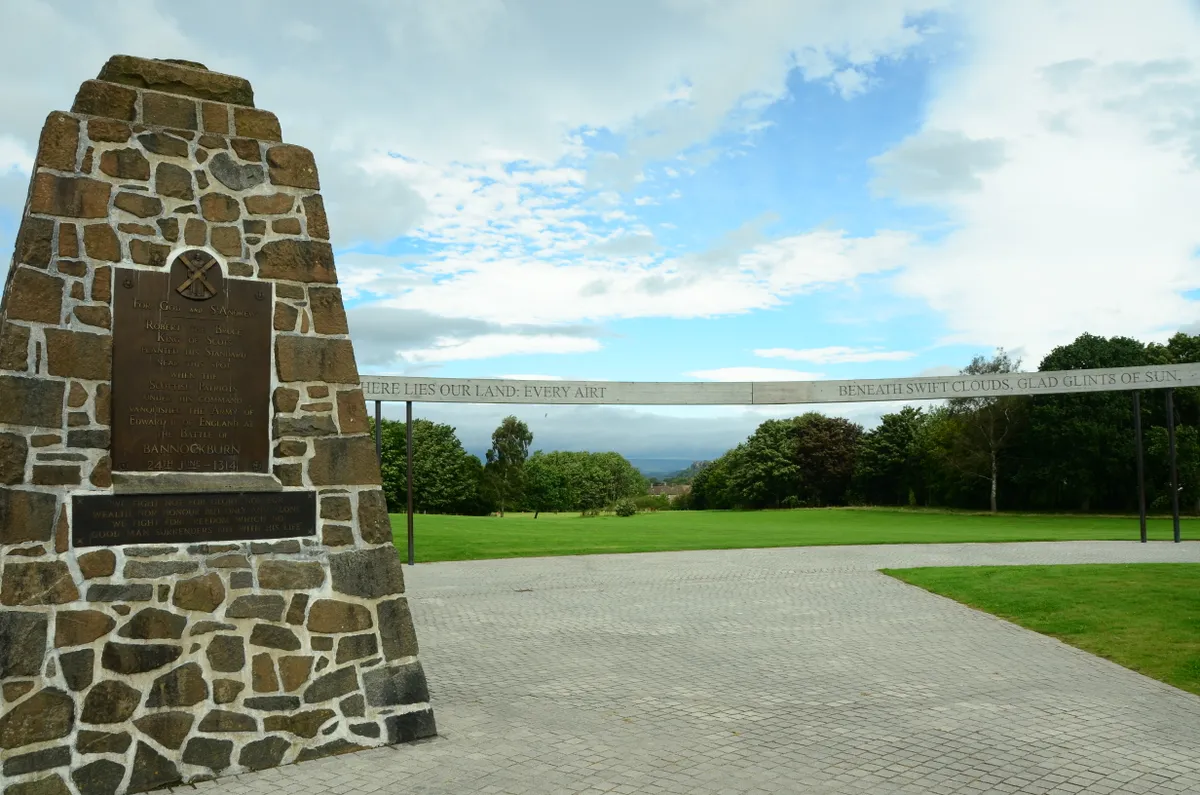
Located on the outskirts of Stirling, with its fine castle (to which Edward escaped), the battlefield is cared for by the National Trust for Scotland (NTS) and is easily reached by bus from the railway station. The NTS’ award-winning visitor centre hosts the Battle of Bannockburn Experience, immersing visitors in the hostile world of medieval warfare and throwing them into the heart of one of Scotland’s greatest victories. And if you’re a bit peckish after that, there’s a café on hand serving light meals, afternoon tea and cakes.
Afterwards, you can stroll around the landscaped grounds and medieval physic garden, or take a short drive to Lewis Hill and hike along lanes, tracks and pine-clad paths for views over the crags of Sauchie Craig down to the attractive reservoir below.
Scone Palace, near Perth, Perthshire
In many ways the spiritual heart of Scotland, Scone (pronounced ‘Skoon’) was the place where, for around 350 years, Scottish kings were crowned on the Stone of Destiny. Built upon the ruins of the original abbey, Scone Palace is a luscious red sandstone Georgian Gothic confection and home to the Earls of Mansfield for over four centuries.
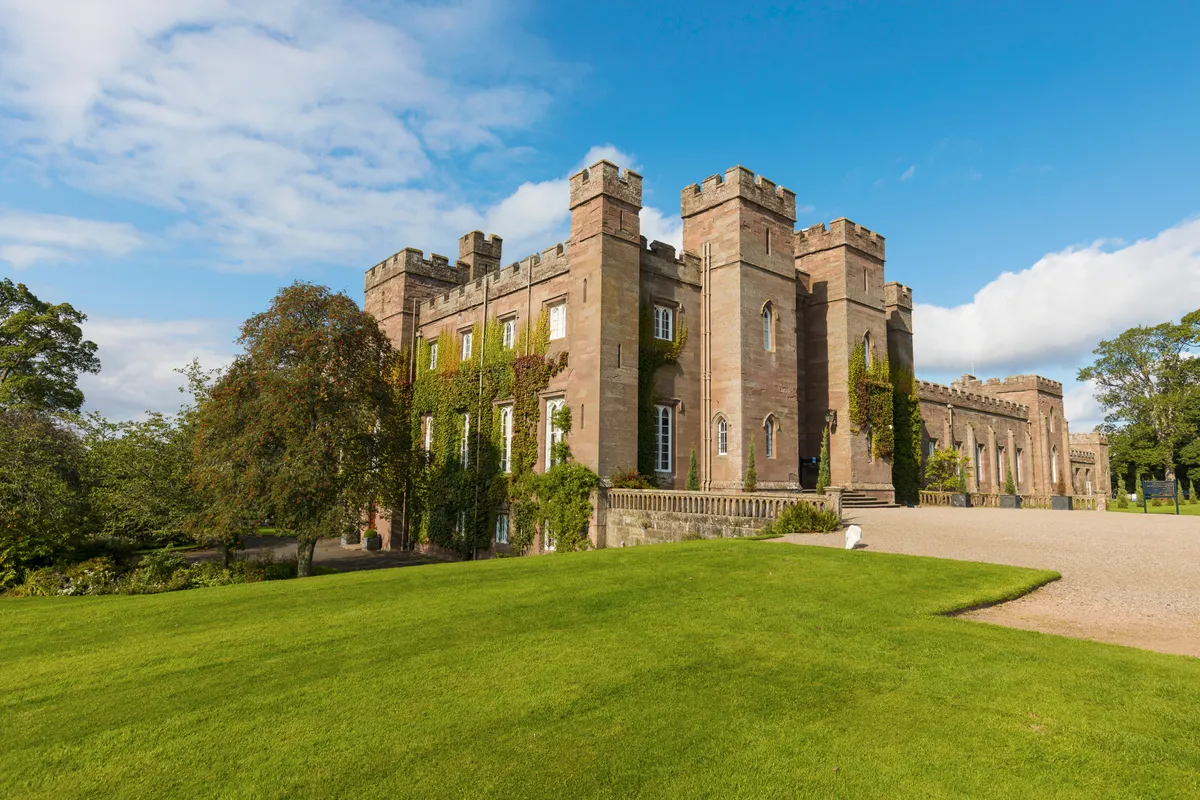
Explore the grand state rooms with French and Italian interiors, and the spot where Queen Victoria and Prince Albert dined while visiting in 1842. And don’t miss the Long Gallery, down which kings walked to their coronation on Moot Hill (in the grounds outside). For the hungry, the Old Servants’ Hall Coffee Shop serves light meals and, of course, freshly baked scones.
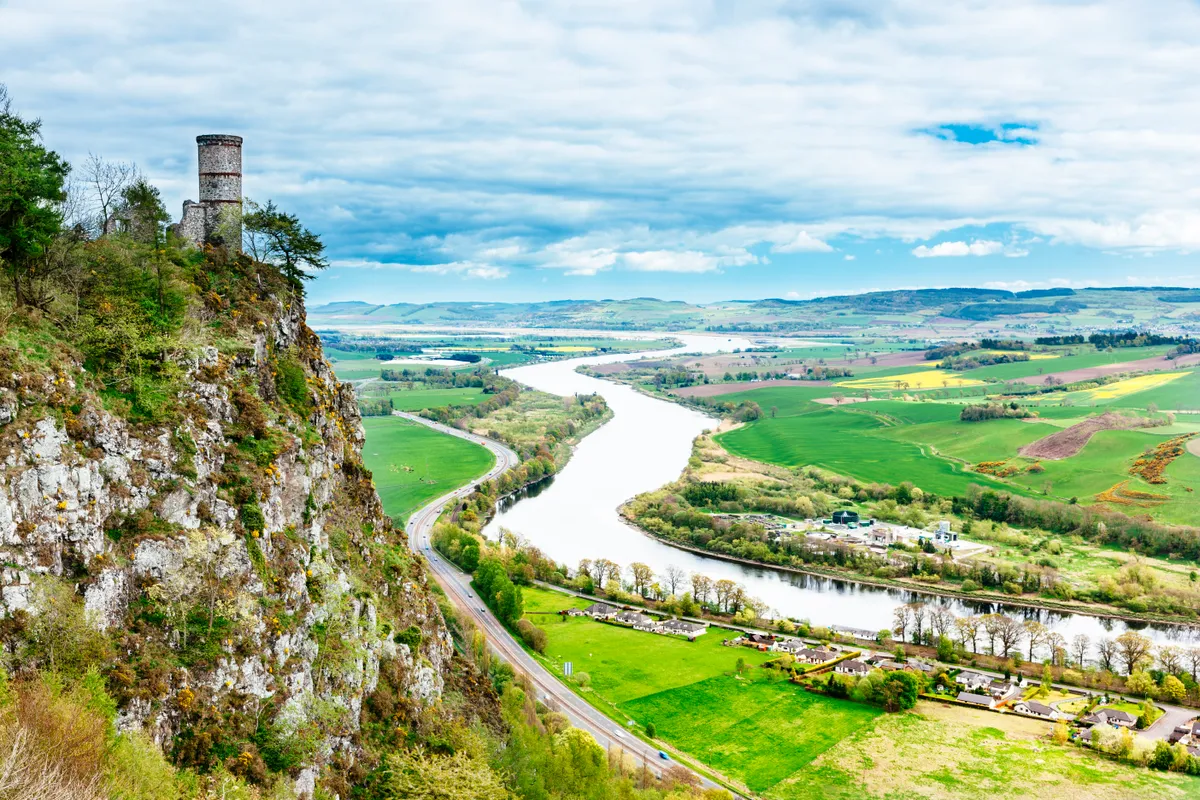
The 100-acre parkland and gardens surrounding the palace make for some excellent walking, particularly if you lose yourself in the pinetum or between the high hedges of the Murray Star Maze. Should you manage to extricate yourself, head out of the grounds and along the River Tay, passing Britain’s most northerly racecourse and close to the site of Grassy Walls Roman camp. You can choose how far along Scotland’s longest river you wish to go before retracing your steps to the palace. When it’s time to go home, a ten-minute bus ride will see you to Perth railway station.
Responsible tourism
Responsible travel and tourism is essential when visiting sites of historic or environmental importance, so that the sites are protected for future generations to enjoy.
Simple things you can do to be a responsible tourist:
- Travel in an eco-friendly way – either walking, cycling or using public transport to visit sites if you can.
- Don't climb or walk on historic sites or tamper with the ruin or building.
- Make sure you take any litter home. Litter can harm wildlife and the local eco-system.
For more practical advice on responsible tourism, visit: visitscotland.com/about/responsible-tourism
Dryburgh Abbey, Scottish Borders
No one can say that Dryburgh Abbey hasn’t had its ups and downs. Now a picturesque ruin on the banks of the Tweed, it was founded by Premonstratensian canons in the 1150s and burned down twice by English kings in the 1300s, before enjoying a golden age in the 15th century. Another Englishman, the Earl of Hertford, destroyed the abbey in 1544 during the Anglo-Scottish Wars. The monks struggled on here nonetheless, only to die off one by one in the years following the Protestant Reformation.
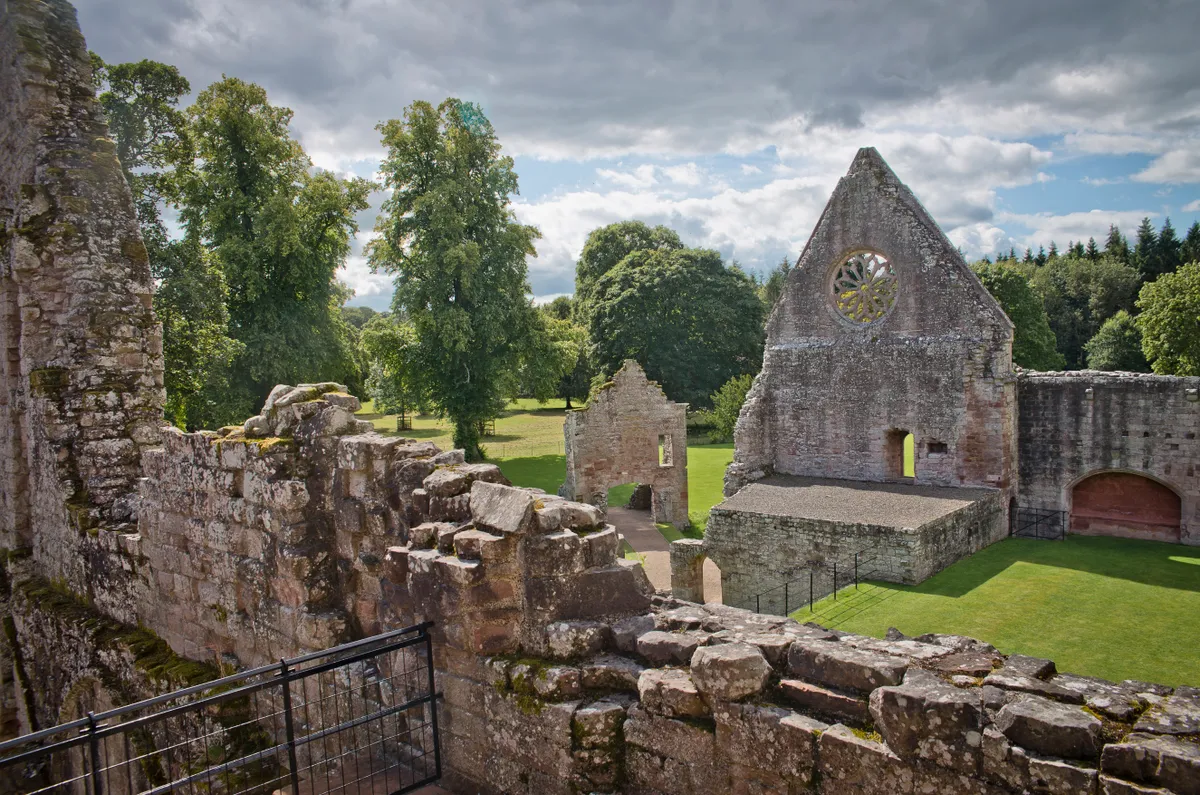
Wander around the elegant remains and you’re ushered back to a time of matins and vespers and whispered prayer. Fans of Sir Walter Scott - one of Scotland’s most beloved novelists - can also pay homage to his grave here. 2021 marks the 250th anniversary of Scott’s birth.
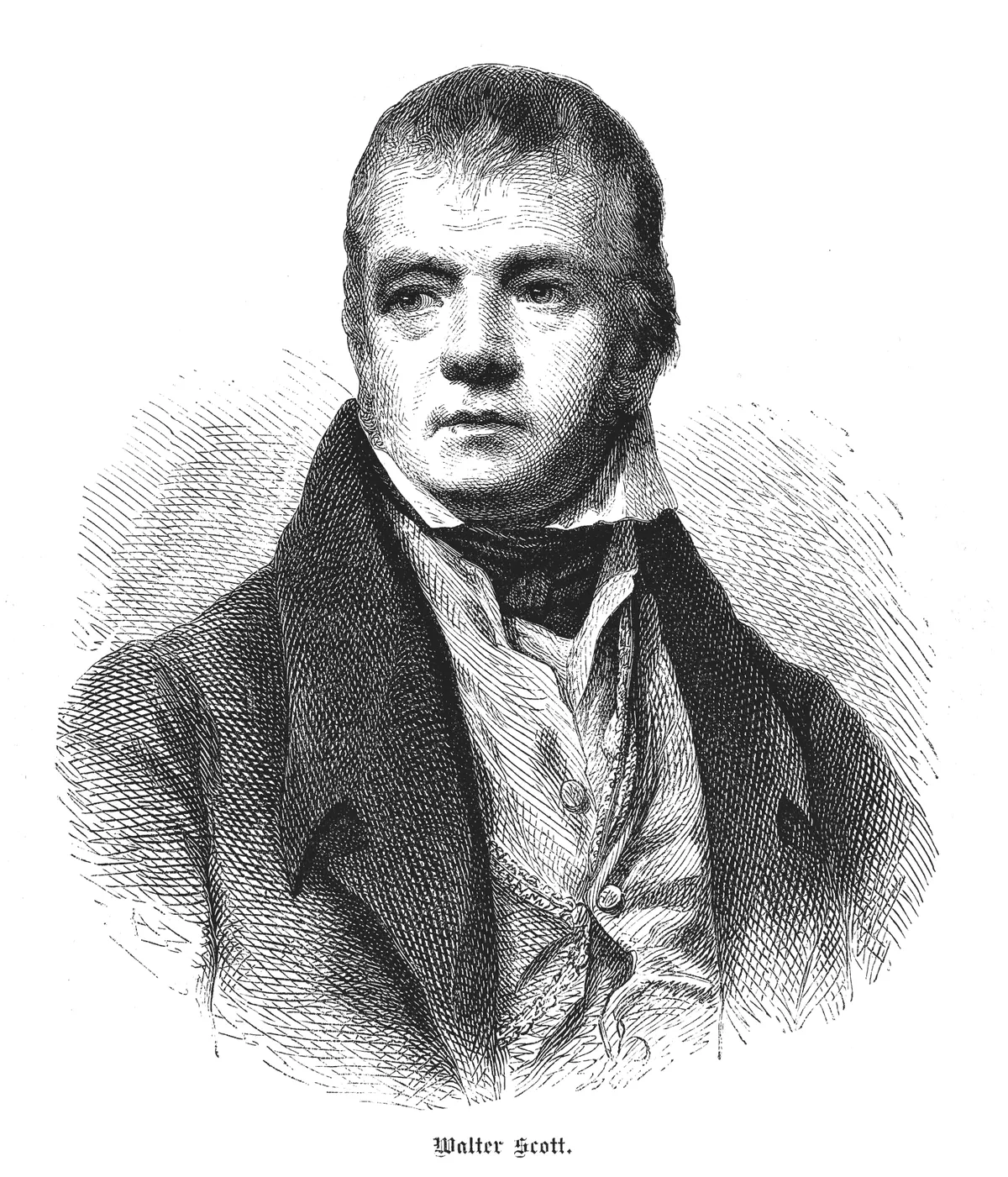
If you’re feeling parched, cross the Tweed by footbridge and make for the Main Street Trading Company in Newtown St Boswells, where you’ll find a café as well as a bookshop and deli.
Dryburgh is one of four religious houses on the Borders Abbeys Way, the 68-mile (109km) circular long-distance footpath. If you haven’t the time to do the whole circuit, you can cross the Tweed by footbridge and follow the waymarkers along country lanes to Melrose Abbey, 4 miles (6.5km) away. If you prefer to ride, there’s a frequent bus service between Newtown St Boswells and Tweedbank railway station.
Can you walk anywhere in Scotland?
The Land Reform Act (Scotland) 2003 gave everyone the right to roam responsibly on most land in Scotland on the understanding that they follow the Scottish Outdoor Access Code. The code is based on three key principles:
- Respect the interests of others.
- Care for the environment.
- Take responsibility for your own actions.
The Heart of Neolithic Orkney, Orkney
The Heart of Neolithic Orkney encompasses four main sites – the Stones of Stenness, the Ring of Brodgar, and Skara Brae and Maeshowe. Nearby, you can also visit the impressive sites of Broch of Gurness and Broch of Birsay.
It’s not every historical site that views a visit by Norse raiders as a relatively recent occurrence. But that’s certainly true of Maeshowe chambered cairn. At 5,000 years old, this astonishingly well preserved chambered tomb has seen whole eras come and go, including that of the Vikings. The Norsemen barged in and carved their runic graffiti on the walls as late as the 12th century.
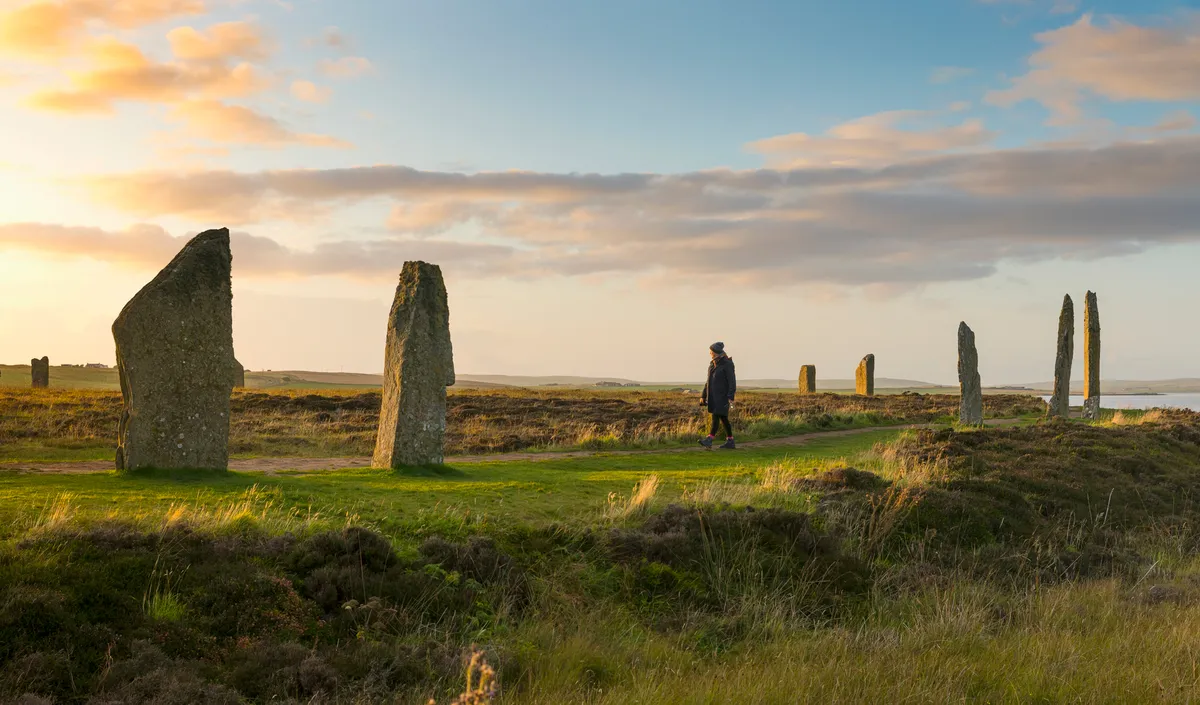
Take a brief walk outside to visit two other extraordinary Neolithic landmarks: the Stones of Stenness – the remains of a mighty henge – and the Ring of Brodgar stone circle. And a stone’s throw from Maeshowe is the appropriately named Standing Stones Hotel with its mouth-watering bar menu.
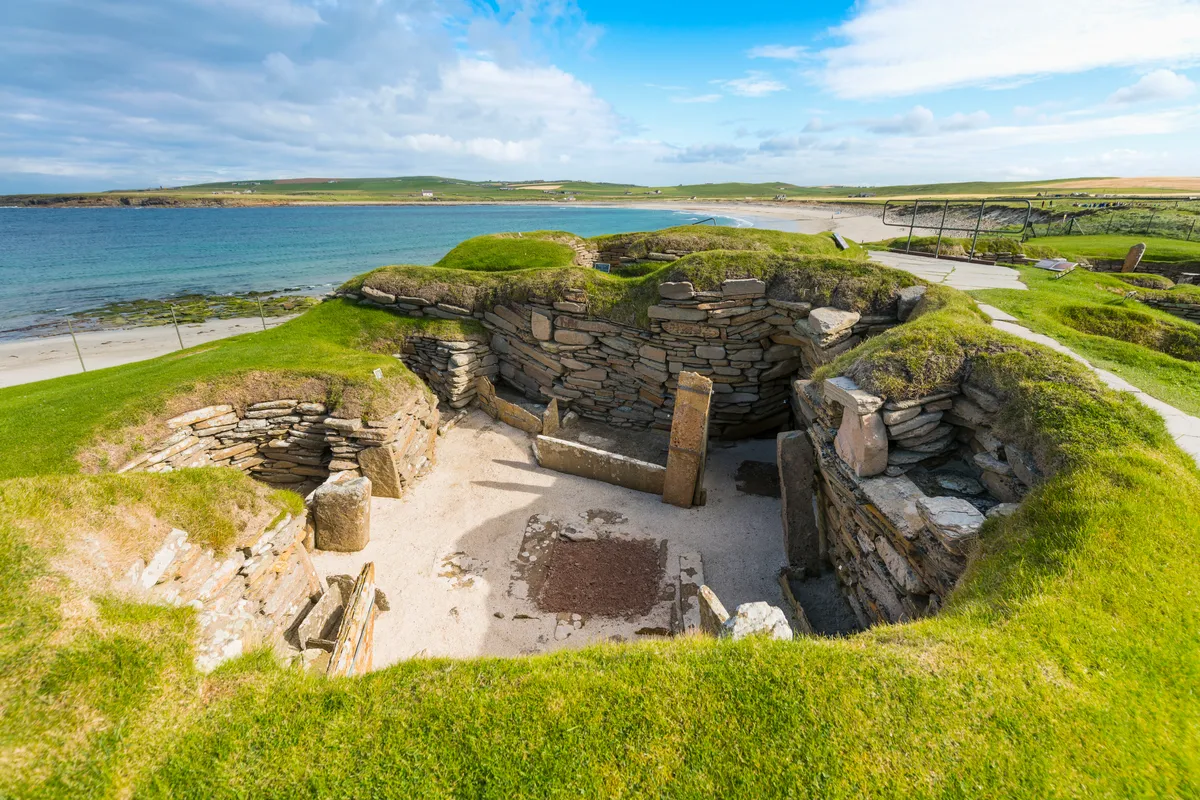
Orkney is a friendly (and fairly flat) archipelago which makes it great for leisurely cycle touring or bike packing. The ancient tomb would be a memorable first stop on a jaunt that could also take in the world famous Neolithic village of Skara Brae.
Meanwhile, nearby Broch of Gurness is a fascinating Iron Age village which is perhaps one of Scotland's best-preserved broch villages and gives insight into life in the Middle Ages in Orkney.
If you fancy heading slightly further afield to delve deeper into Neolithic history, the Brough of Birsay is a small tidal island off the Orkney mainland, which was home to a settlement of Picts and Norse between the AD 600s and 1200s.
Urquhart Castle, Loch Ness, Highlands
Five centuries of Scottish history have been forged at this stronghold. Built in the 13th-century, Urquhart Castle keeps watch over one of the world’s most famous stretches of water, Loch Ness. Possibly raised on the site of a Pictish fort, it played a prominent role in the Wars of Independence and the violent struggle between the Scottish monarchy and the Lords of the Isles.
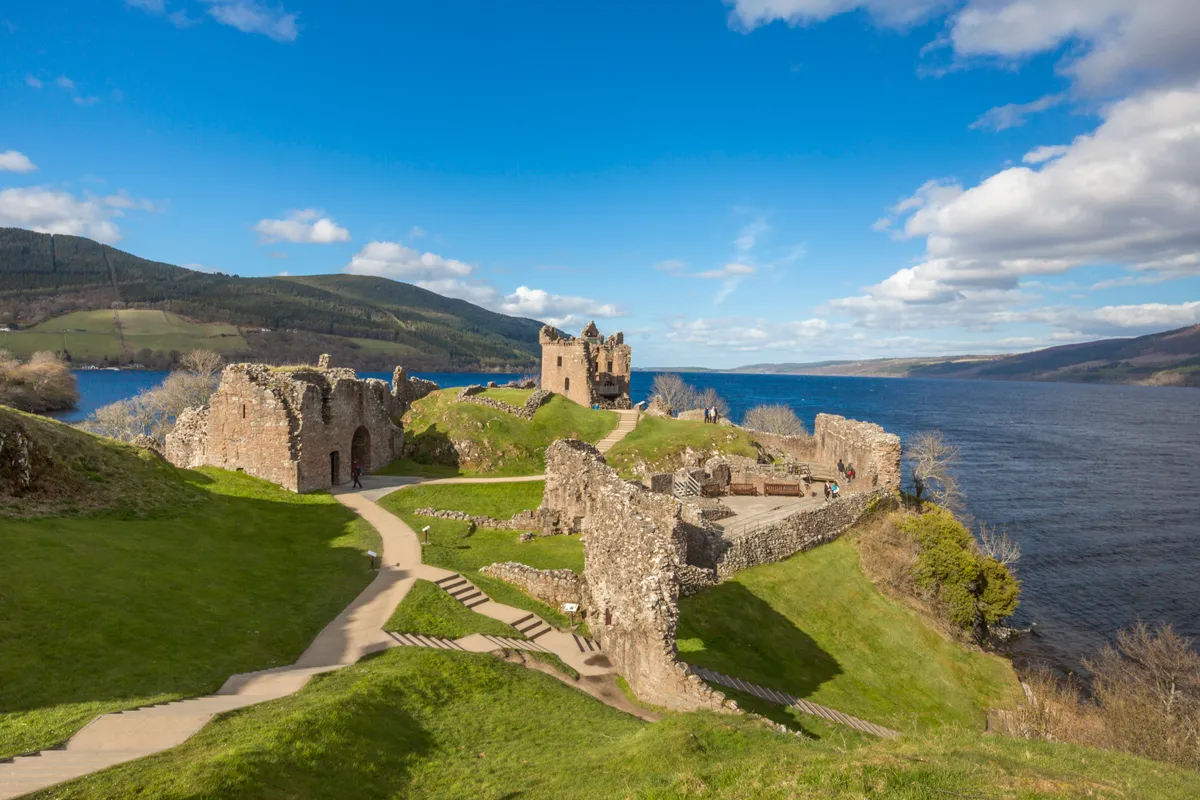
Government soldiers brought the sprawling castle to a dramatic end with explosives to prevent its use by Jacobite rebels. Though laid low, the fortress still has plenty to show its more peaceable modern-day visitors, including the Grant Tower, the Great Hall, and a trebuchet of the type that once hurled great stones at castles such as this. But at least the defenders here would have had some consolation, for the view along Loch Ness is really quite special.
Passing close by the castle is the Great Glen Way, which runs the near 80-mile (129km) length of this geological fault line from Fort William to Inverness. Unusually, this coast-to-coast route can be walked or cycled, allowing visitors to see Scotland at a slower pace. The castle is also easily reached by bus from Fort William or Inverness, giving visitors an epic ride along the Great Glen from either direction. And for a tasty breakfast, brunch or lunch, make tracks for the innovative Café Eighty2 in nearby Drumnadrochit.
Government restrictions around COVID-19 vary across the UK. We strongly advise checking restrictions before visiting the countryside. Read about Coronavirus recovery phase in Scotland.
